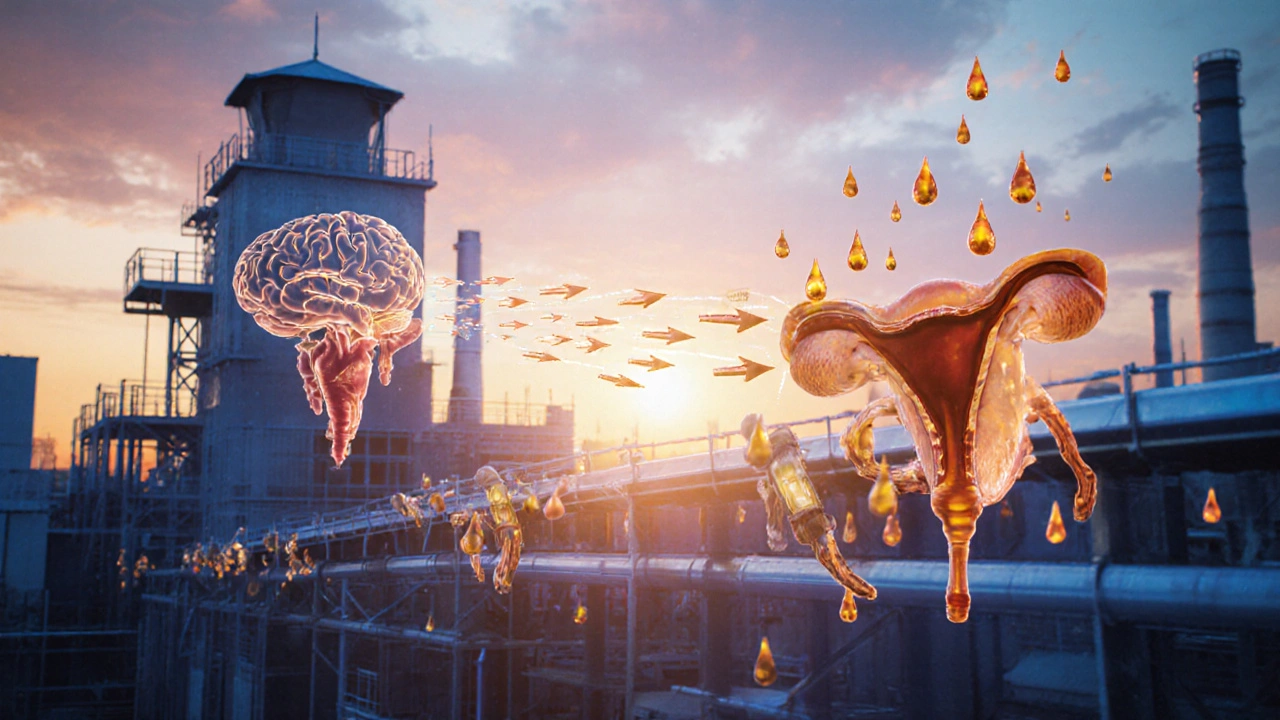Explore hypogonadism types: Causes, Diagnosis & Management
When talking about Hypogonadism Types, the distinct categories of low sex hormone production in men and women. Also known as gender hormone deficiency categories, it helps clinicians pinpoint why a patient feels tired, loses muscle, or has fertility issues. Primary hypogonadism, a form that starts in the gonads themselves and Secondary hypogonadism, a form that originates in the brain’s signaling centers are the two main branches. Understanding these branches enables proper testing, and guides treatment choices like testosterone replacement therapy.
Key Points About Hypogonadism Types
First, primary hypogonadism often stems from testicular or ovarian failure. Common triggers include genetic conditions such as Klinefelter syndrome, prior chemotherapy, or severe infections. Patients usually present with high levels of luteinizing hormone (LH) and follicle‑stimulating hormone (FSH) because the pituitary tries to compensate for the failing gonads. This pattern helps differentiate primary from secondary causes during lab work.
Secondary hypogonadism, on the other hand, arises when the hypothalamus or pituitary gland can’t signal the gonads properly. Causes range from pituitary tumors to chronic opioid use and even extreme stress. In these cases, LH and FSH are low or inappropriately normal, while testosterone (or estrogen) remains deficient. Recognizing this requires a careful history and sometimes imaging of the brain.
Treatment strategies differ by type. For primary hypogonadism, hormone replacement—most often testosterone for men or estrogen/progesterone for women—is the cornerstone. Testosterone replacement therapy, delivered via gels, patches, injections, or pellets restores energy, mood, muscle mass, and bone density. Secondary hypogonadism may benefit from addressing the underlying pituitary issue first; if that’s not possible, low‑dose hormone therapy can still improve quality of life.
Symptoms overlap a lot—fatigue, reduced libido, mood swings—so doctors rely on these biochemical clues to decide which type they’re dealing with. Lifestyle tweaks like regular exercise, adequate sleep, and balanced nutrition support any medical approach and can sometimes lessen the dose needed for hormone therapy.
Below you’ll find articles that break down each subtype, explain diagnostic steps, compare medication options, and share practical tips for managing side effects. Whether you’re a patient looking for clear answers or a health‑care professional needing a quick refresher, the collection offers a full picture of how to handle every major hypogonadism type.
Types of Hypogonadism Explained - Complete Guide
Learn how primary and secondary hypogonadism differ, why lab results matter, and which treatments fit each type in this thorough guide.
